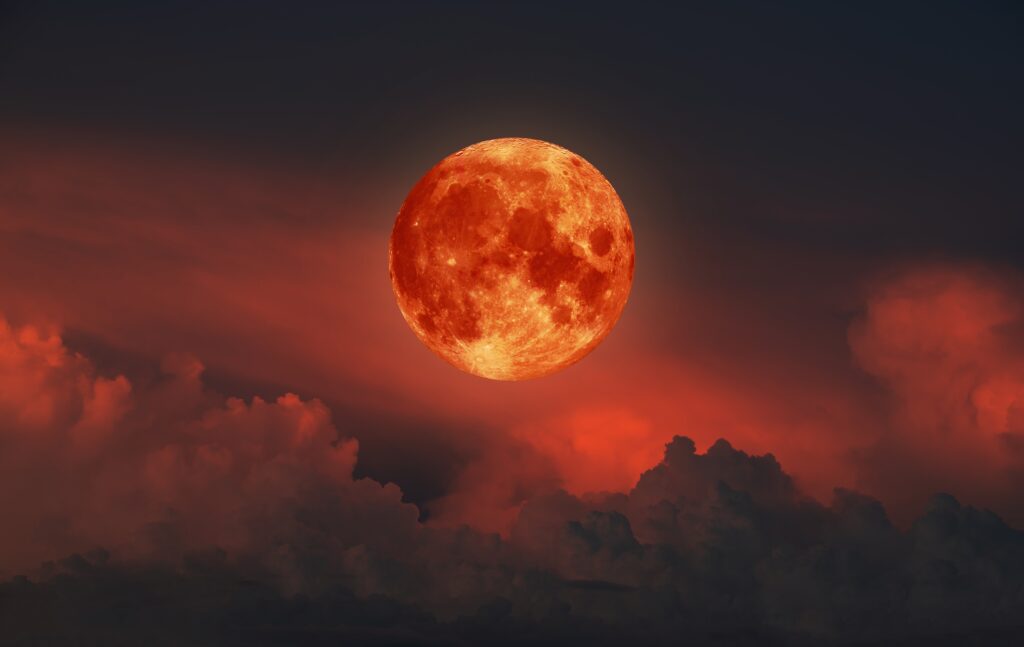This Sunday, 7 September, Europe will witness a blood moon—a total lunar eclipse visible across many regions, lasting around 82 minutes, the longest since 2022. The Earth will pass precisely between the sun and moon, casting a shadow that leaves only red light refracted onto the lunar surface, giving the phenomenon its iconic crimson hue.
Historically, blood moons have carried deep symbolism. In cultures from Babylon to Central America, they were often seen as omens of disaster, war, or the death of rulers. By contrast, West Africa’s Batammaliba people view eclipses as opportunities for renewal, reconciling conflicts within communities through symbolic acts.
Modern interpretations vary sharply. Astronomers, like Dr. Florian Freistetter, emphasize the aesthetic and scientific marvel of eclipses, dismissing astrological claims as “esoteric nonsense.” Meanwhile, astrologers see the event as a moment of turning points, reflecting cycles, archetypes, and rhythms in human life. They argue astrology is a system of interpretation rather than causal science, much like literature or psychotherapy.
Even historical figures engaged with astrology: French President François Mitterrand consulted Swiss astrologer Élizabeth Teissier on both personal and state matters.
For Europeans this weekend, the blood moon offers both spectacle and story—whether as an object of scientific fascination or symbolic reflection. Observers can safely enjoy the crimson eclipse, knowing that, statistically, it bears no connection to disasters, but plenty to inspire awe and contemplation.



